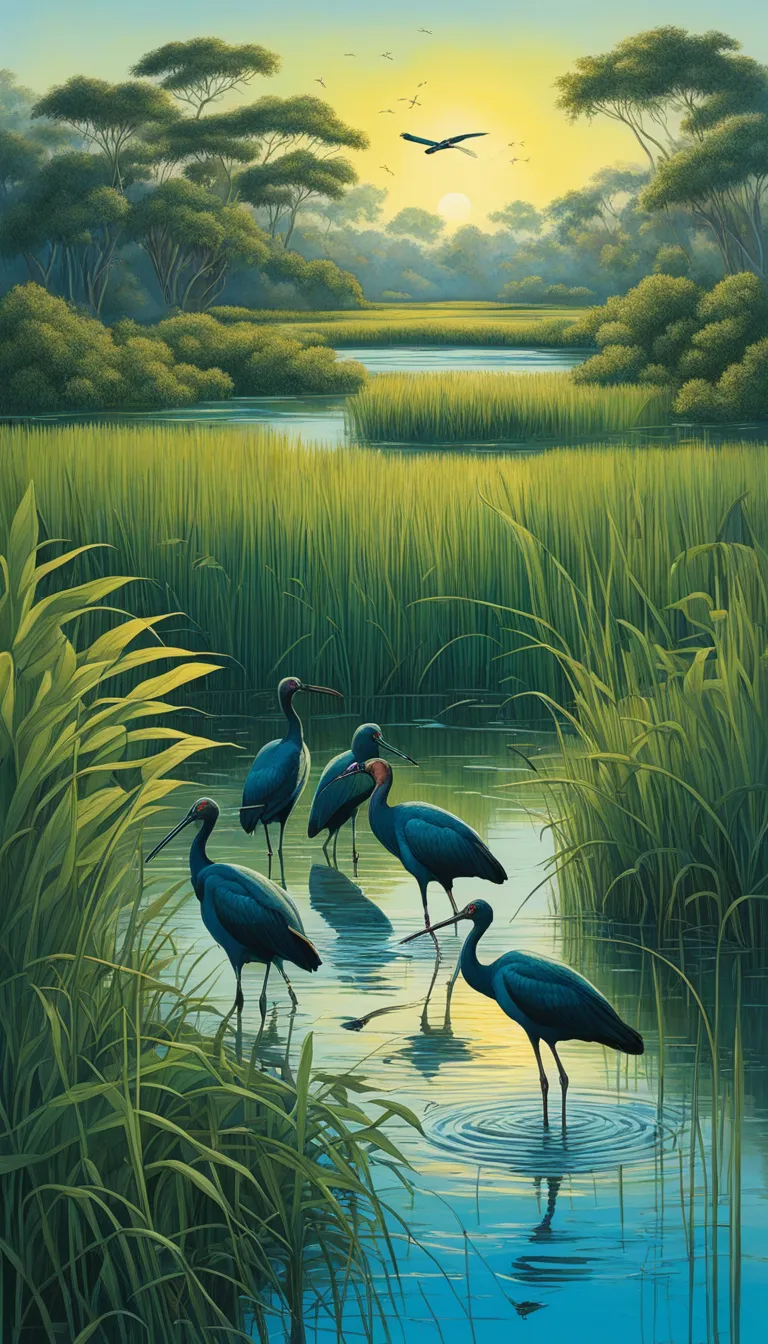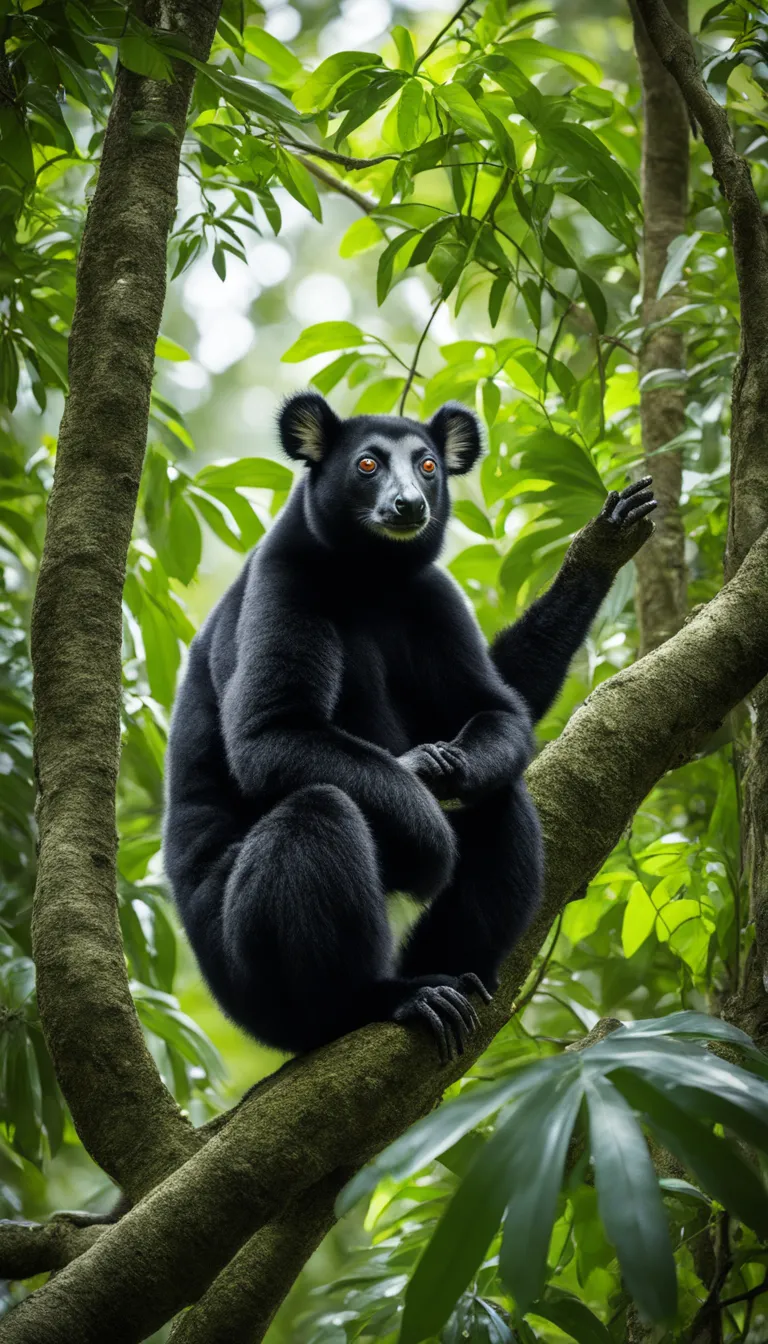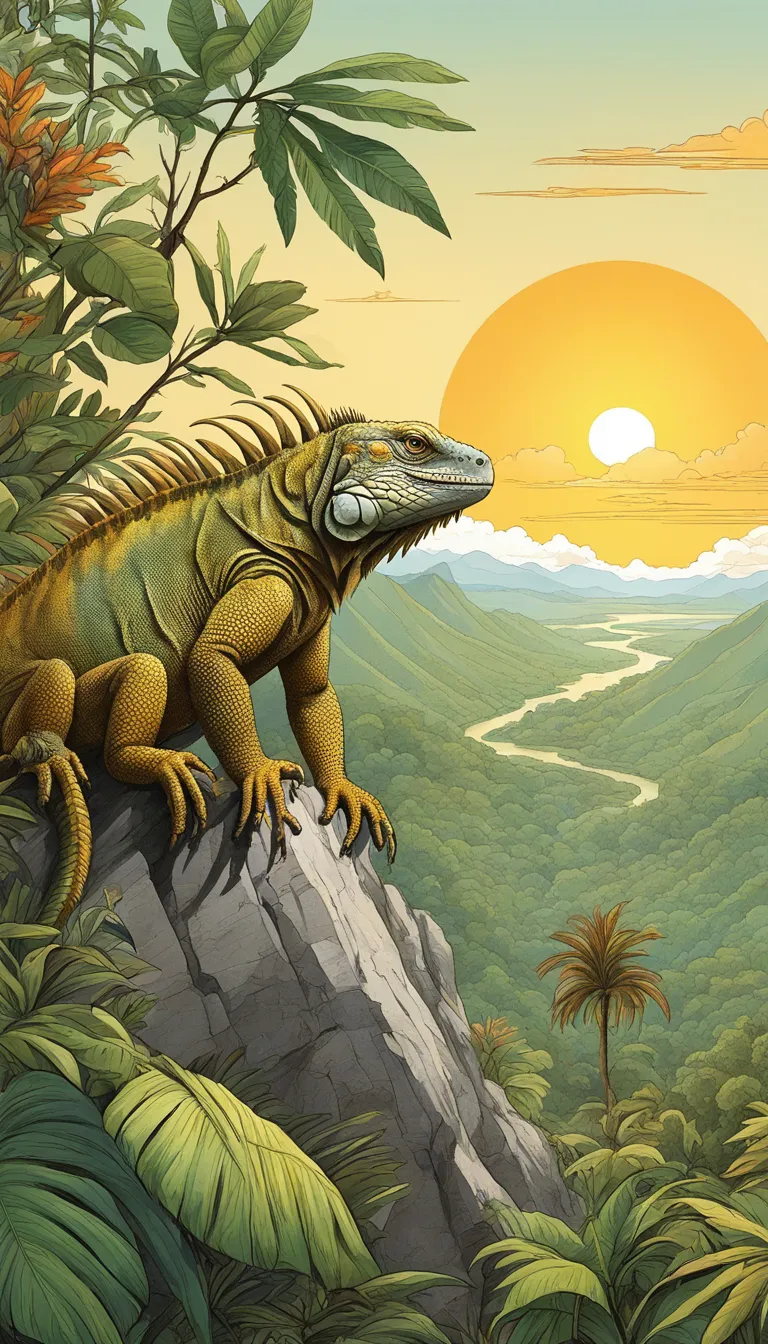Ever wondered which members of the animal kingdom have names that start with the intriguing letter ‘I’? Well, you’re in for a surprise! The ‘I’ is not just the ninth letter of the alphabet; it’s also the first letter of some truly explosive names in the animal world. Let’s dive into an alphabetical adventure and discover these creatures, each with its own unique charm and characteristics.
- Iguana
- Ibis
- Impala
- Indri
- Irukandji Jellyfish
- Indian Rhinoceros
- Irish Setter
- Icelandic Sheepdog
- Italian Greyhound
Isn’t it fascinating how diverse this list is? From the scaly Iguana that masters the art of camouflage to the sleek Italian Greyhound, known for its aristocratic poise and speed. These animals not only share the initial ‘I’ but also a world full of wonders. Keep reading to explore the unique stories and facts about some of these incredible ‘I’ animals in detail.
Iguanas: Masters of Camouflage
Discover fascinating creatures whose names begin with the letter ‘I’, from insects to iconic mammals. Prepare to be amazed by the diversity and unique traits of these animals, each with its own story to tell.
Have you ever walked past a green bush and not noticed the iguana perched silently within its leaves? Iguanas are reptilian virtuosos of disguise, with a remarkable ability to blend into their surroundings. Their skin color can be a vibrant green or a subdued brown, reflecting their native habitats, from the rainforests of South America to the rocky regions of the Caribbean.
But why are they so good at this game of hide-and-seek? Well, it’s all about survival. Predators often pass by without a second glance, giving iguanas the upper hand. And when it comes to their diet, these creatures are not fussy eaters. They’re primarily herbivores, munching on a variety of leaves, flowers, and fruits. This diet helps them maintain their energy levels while staying stealthy.
Let’s not forget about their social behavior. Iguanas communicate through a series of head bobs and dewlaps, which is the flap of skin under their chin, to assert dominance or attract mates. They might be masters of camouflage, but when it comes to social interactions, they’re anything but invisible.
And here’s a fun fact: iguanas have a third eye. Yes, you heard that right! It’s called the parietal eye, located on the top of their head, and it helps them detect changes in light, which can be crucial for sensing predators from above.
So, the next time you’re near a tropical habitat, keep your eyes peeled for these masters of camouflage. You never know, there might just be an iguana hiding in plain sight, waiting to surprise you with its explosive blend into the environment!

Ibises: Wading Birds of the Wetlands
Have you ever witnessed the serene beauty of the Ibises? These elegant wading birds, with their distinctive long legs and curved beaks, are a sight to behold in the world’s wetlands. Not just a single species, the Ibis family boasts a variety of members, each with its own unique charm.
Let’s take a closer look at some of the types of Ibises you might encounter:
- American White Ibis
- Scarlet Ibis
- Glossy Ibis
- Australian White Ibis
- Red-naped Ibis
- Puna Ibis
- Hadada Ibis
Each of these species exhibits a unique adaptation to their environment, from the Scarlet Ibis with its striking red plumage that seems to explode in the sunlight, to the more subdued hues of the Glossy Ibis, which can almost surprise you with its iridescent sheen when viewed from the right angle. The world of Ibises is full of surprises, offering a rich tapestry of colors and behaviors to those willing to explore it.
Impalas: The Graceful Gazelles
Have you ever witnessed the elegance of the African savannah’s dancers? I’m talking about Impalas, the embodiment of grace and agility. These medium-sized antelopes are not just about looks; they pack a punch with their ability to leap over obstacles as if defying gravity itself. Ever seen one in action? It’s like watching poetry in motion!
But what makes these gazelles so special? Well, for starters, their social structure is fascinating. They live in herds that can number in the hundreds, creating a spectacular view on the plains. Males, known as rams, are quite the protectors, always on the lookout for threats, while females, called ewes, nurture the young, teaching them the ways of the wild.
Let’s not forget their impressive survival tactics. When danger approaches, an impala can explode into action, reaching heights of up to 3 meters in a single bound. That’s right, 3 meters! And they can sprint at speeds of up to 90 km/h. Talk about an adrenaline rush!
Curious about what they eat? Impalas are mixed feeders, grazing on grasses and browsing on shrubs, adapting their diet to the season. This dietary flexibility is key to their survival in the ever-changing African landscape.
Here’s a quick list of impala facts that’ll make you appreciate these animals even more:
- Scientific Name: Aepyceros melampus
- Lifespan: Typically 12-15 years in the wild
- Habitat: Savanna and light woodlands
- Predators: Lions, leopards, cheetahs, hyenas, and crocodiles
Next time you’re on a safari or watching a wildlife documentary, keep an eye out for the impalas. Their surprise leaps and explosive runs will leave you in awe, and you’ll understand why they’re truly the graceful gazelles of the animal kingdom.

Indri: Madagascar’s Singing Lemurs
Have you ever heard a melody so enchanting it stopped you in your tracks? That’s the Indri, Madagascar’s singing lemur, for you. These creatures are not just a sight to behold with their distinctive black and white fur, but their haunting songs can echo throughout the rainforests of Madagascar, creating an auditory spectacle unlike any other in the animal kingdom. Let’s dive into the world of these mesmerizing mammals!
The Indri, scientifically known as Indri indri, are the largest of the lemur species. What makes them truly special, however, is their complex vocalizations. They use a variety of calls to communicate with each other, ranging from territorial calls to signal their presence to soft, gentle tones for intimate communication within the group. These vocalizations are so powerful they can be heard for over 2 kilometers in the dense forest!
But why do they sing? Research suggests that their songs play a crucial role in maintaining group cohesion and defining territory. It’s a bit like a musical map, letting each Indri know where they belong. Moreover, their songs can also reveal a lot about their social structure and even individual moods. It’s a complex language that we are only just beginning to understand.
Unfortunately, the Indri are facing serious threats from habitat destruction and hunting. As a result, they are listed as Critically Endangered on the IUCN Red List. Conservation efforts are crucial to ensure that the forests of Madagascar continue to resonate with the beautiful songs of the Indri.
So, next time you think of animals that start with ‘I’, remember the Indri: not just another lemur, but a symphony of nature that sings the song of the wild, a true marvel of Madagascar that we need to protect.





